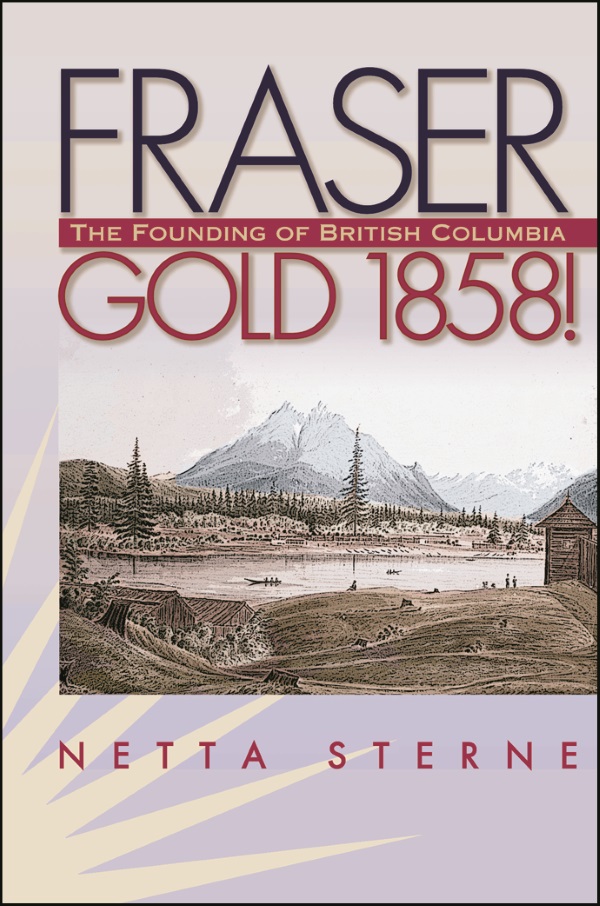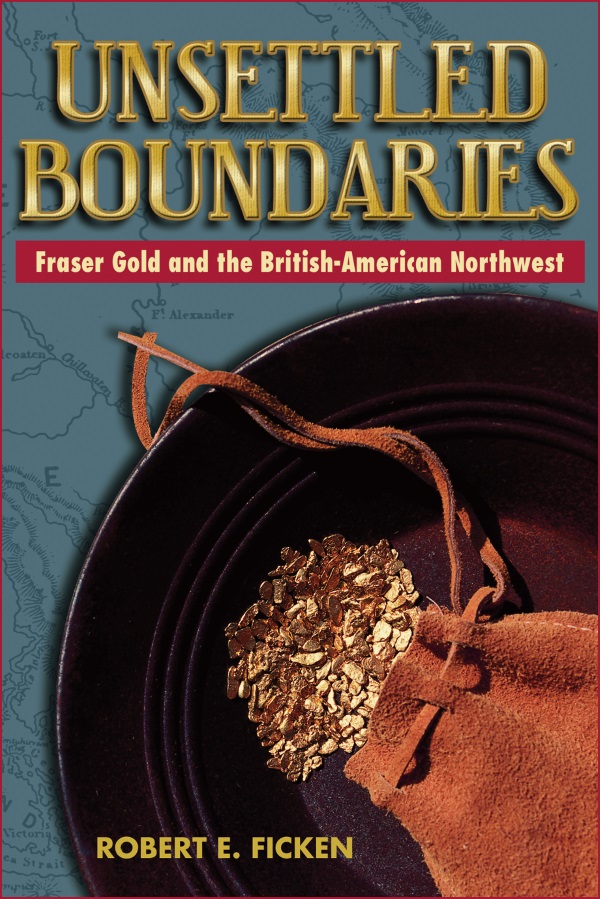Description
The first Euro-Americans to trek through the verdant Walla Walla Valley were uniformly impressed with its prospects for colonization. The Cayuse remained the valley’s primary inhabitants until diverse populations with equally diverse objectives—manipulative traders, frictional missionaries, hostile colonists, an over-ambitious governor, a distracted Bureau of Indian Affairs, vigilante armies, and their rival, the US Army—arrived and rapidly transformed the region. Established at a fortunate location just prior to the Idaho gold rush, Walla Walla quickly grew into Washington Territory’s largest and wealthiest city. At the same time, the sudden expansion increasingly forced the Cayuse and some Walla Walla and Umatilla bands to live south of the city within ambiguously defined reservation boundaries.
Who were these Cayuse and early Walla Wallans? What was the relationship between the city and the reservation in the mid-1800s? What was Walla Walla’s place within the political and commercial spectra of a swiftly evolving Pacific Northwest? How did both city and reservation fare during the Long Depression of the 1870s?
Becoming Walla Walla covers Walla Walla Valley history from the time of the Sahaptian Peoples’ first encounters with Euro-Americans to the initial expiration of the U.S. government’s treaty with the Cayuse, Walla Walla, and Umatilla. It sheds light on the city’s and reservation’s simultaneous development, re-animates the Walla Walla of the 1860s and 70s, reconsiders the city’s status in early Washington Territory and Oregon State histories, and documents transformations of the region’s built and natural environments.
About the Author
Dennis Crockett is a New Yorker who spent three decades in Walla Walla as a professor of visual culture at Whitman College. His research and teaching ranged from medieval European art to the house down the block. He is the author of, most notably, German Post-Expressionism: The Art of the Great Disorder 1918-1924.









![Cover of Carry Forth the Stories [Expanded Edition]](https://s3.wp.wsu.edu/uploads/sites/1175/2023/11/Carry-Forth-the-Stories-2ndEd-RGB-600x900-1-300x450.jpg)